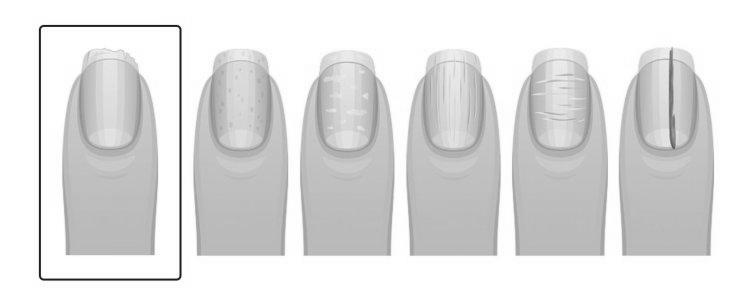What Can Fingernails Say About Your Health?
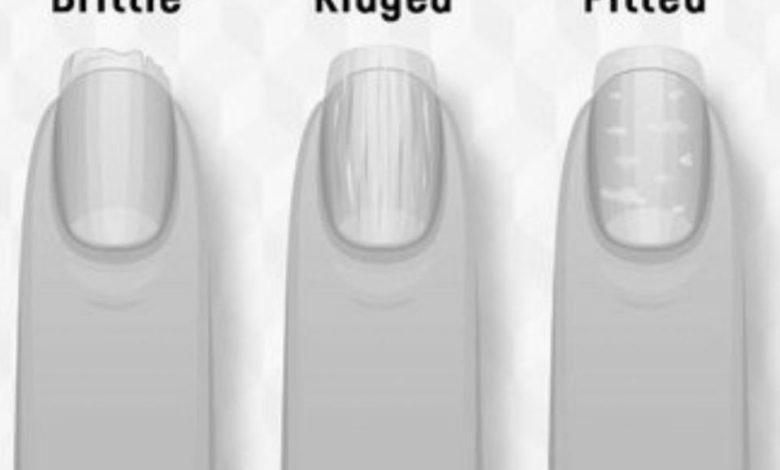
Did you know that your fingernails can give you a lot of information about your health? While it’s always best to consult a doctor when you notice any changes in your nails, there are some things you can look for that can help you make informed health choices. Read on to find out the signs and symptoms of common health problems. Below, we’ll discuss how to tell if your nails are healthy and what to look out for.
Symptoms
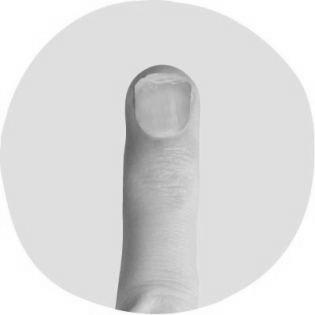
Whether you need your nails to be beautiful or functional, there are some symptoms you should be aware of. You can prevent serious health issues by caring for your nails regularly. If they start to deteriorate, you should seek medical attention. In most cases, healthy nails are reflective of the color of the nail bed. Some of the most common health concerns can be prevented by buffing the nail surface. However, some conditions can be challenging to detect, so you need to be vigilant.
If your fingernails have a yellow-green discharge or become brittle, it could signify anemia or liver disease. Infections of the nail may also indicate liver diseases, such as hepatitis B or C. A study conducted in 2010 found that 68 percent of patients with liver disease had nail changes compared to 35 percent of healthy subjects. These changes included nail fungus, horizontal ridges, and brittleness.
In some cases, nail growth is stunted, causing small pits to form near the cuticle. These small cysts can occur in the fingernails or toenails and are not cancerous. They can also be a sign of vitamin or dietary deficiencies. Thinner nails are more prone to break. If your fingernails are more delicate than usual, see a dermatologist.
Some chronic medical conditions may also affect the color of fingernails. Specific changes in color in the nails can indicate diabetes, liver, kidney, heart, or lung disease. Yellow nails may also be a warning sign of lung disease and chronic bronchitis. The fungus can also turn nails yellow. Fungal infections tend to affect toenails more than fingernails but are more common in older adults.
Another condition that can affect the fingernails is psoriasis or lupus. Some people suffering from psoriasis also experience nail psoriasis. Symptoms of fingernails can include white or yellow discoloration and tiny dents. This condition can impair walking. A dermatologist can determine if you’re suffering from nail psoriasis by examining your nails.
Causes
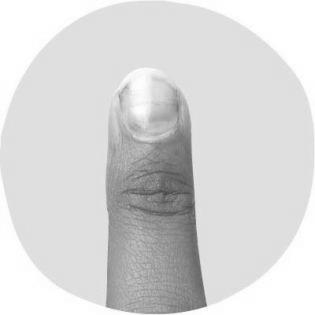
There are several causes of fingernail discoloration. Sometimes, it can be an indication of systemic health problems. Keep your fingernails short and robust by following a few tips to prevent further damage. Firstly, never soak your hands and feet in water that contains soap or other harsh chemicals. Doing so will worsen the condition. Second, always wear socks and shoes that fit comfortably.
Some nail changes are harmless or a natural part of aging, while others may be an adverse reaction to medications. To know more about the causes of fingernails, visit the links below.
A dark stripe on your fingernail is a severe medical problem warning sign. A splinter or bruising can bleed under the nail. In most cases, minor trauma to the pin will clear it up on its own. However, some changes in fingernails are more severe and can indicate diabetes, heart and lung disease, and anemia. Getting an annual exam will ensure that you’re not developing any of these diseases, and your doctor will be able to rule them out if you are prone to them.
A dark red line on the nail may indicate a blood clot. Infections such as psoriasis, endocarditis, and other conditions can cause this. Some people may even experience splinter hemorrhages, which are blood under the nail plate. In addition, these blood clots can also be caused by a drug injected under the fingernail.
If you notice your fingernails have pitting, you may have an autoimmune disease. Psoriasis, a scaly skin disorder, is another cause of fingernail pitting. It is also possible that autoimmune disease, alopecia areata, affects your nails. Learn more about these diseases by reading the Mayo Clinic’s free health information.
Treatments
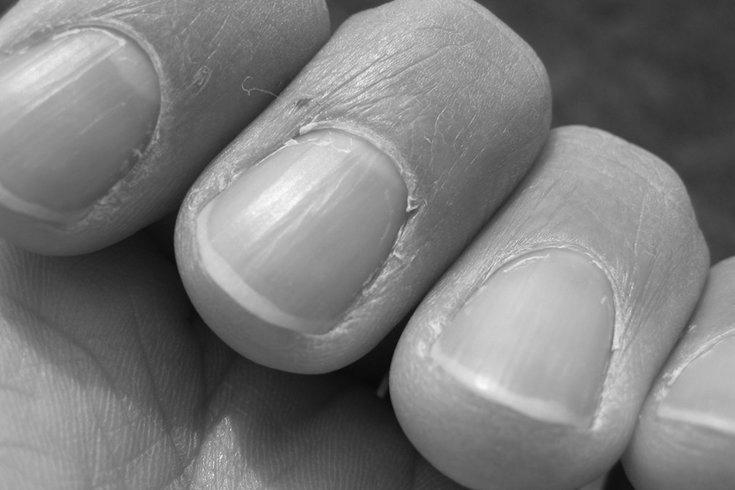
A healthy pair of fingernails is essential for your overall health. Using natural products like tea tree oil can keep nails strong and healthy. You can also apply tea tree oil to nails but dilute it with a carrier oil. Another simple remedy is to wipe lemon juice on your nails to strengthen them. Lemon juice can also remove yellow stains caused by excessive nail paint. You should apply most home remedies at night when your body needs to repair and rejuvenate.
Several common ailments can cause your nails to be thin and unhealthy. A common condition is brittle nail syndrome, caused by a lack of moisture. Other causes include a deficiency of zinc or iron. Nail problems can also indicate underlying diseases, such as hepatitis or jaundice. In some cases, they can be caused by a fungal infection. Bruising from impact can also cause white spots.
Nail disorders can affect your entire body. If your fingernails are brittle or overgrown, you may have onychogryphosis. If your nails are thin and weak, they may indicate a more severe health issue. You may be suffering from a painful condition such as Darier disease. Fortunately, most of these ailments are treatable. Moreover, you can get a healthy pair of fingernails thanks to a proper diet.
Injuries can also lead to deformities of the nails. When this happens, a bruise will appear under the injured nail, and a new one will grow in its place. It is also common to have a loose strip of dead skin hanging from the fingernail edge. This strip can be painful to pull off. The result of all of this can be discolored and unattractive. Treatments for unhealthy fingernails are vital to maintaining healthy fingernails.
Getting a manicure can put you at risk for nail fungal infections caused by several different molds. If you’re prone to fungal infections, you may need a prescription or over-the-counter antifungal medication to treat them. Alternatively, you may try to undergo nail surgery to remove the infected nail entirely. Surgical procedures are also possible to cure onycholysis.
Signs
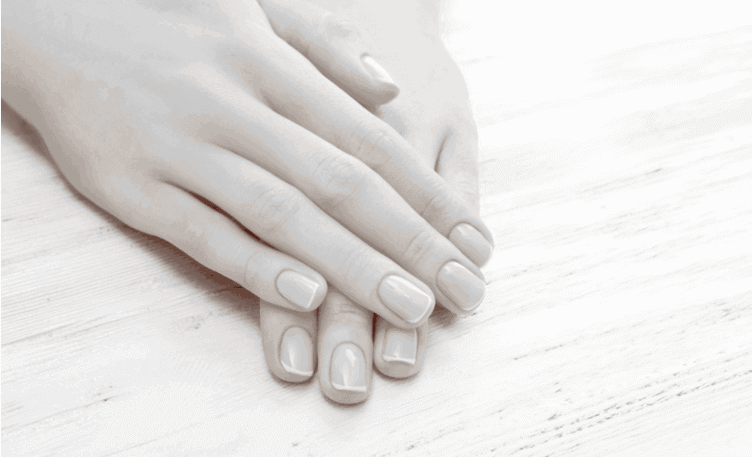
If you notice the rounded tip of your fingernails is missing, it may be a sign of malnutrition, depression, or anemia. A change in your fingernails may also indicate underlying diseases. For example, white fingernails may indicate liver disease, kidney disease, or even congestive heart failure. They can also be signs of aging.
If you notice a dark stripe or streak around your fingernail, it may be melanoma, the deadliest form of skin cancer. Melanomas can show up on your fingernails and surrounding areas, and they do not usually cause any other symptoms. Sometimes, the only clue a doctor needs to diagnose melanoma is the color of your fingernail.
Changes in your fingernails can signal a range of health issues. Changes in your nails may indicate problems with your circulation, autoimmune disease, or even aging itself. Whether or not you’re prone to the above, it’s always best to consult a doctor before treating a problem. You’ll be surprised at what you learn! Keep reading for more information.
If you notice a dark patch under your nails, consult with your primary care physician. Getting a diagnosis is the best way to save your fingernails – and your life! Long, black lines beneath your nails could indicate bacterial endocarditis, an infection of the heart valves or inner lining. You might also develop this condition after undergoing a dental procedure. Fortunately, it’s treatable with antibiotics.
If your nails are shaped like a spoon, it might signify an underlying health issue. A spoon-shaped pin is a sign of an underlying condition, such as iron-deficiency anemia or hemochromatosis. A blood test is required to determine the exact cause of your fingernails. If you find your nails spoon-shaped, it’s wise to seek medical attention for further evaluation.
Another sign of an infection is swelling in the fold of your fingernails. This condition is usually caused by a bacterial infection, but you can also develop a fungal infection. You should see a doctor if you notice a fungal infection. Antifungal medications and creams can help treat this condition. Occasionally, yellow fingernails are a sign of anemia.
Best Ways to Protect Healthy Nails
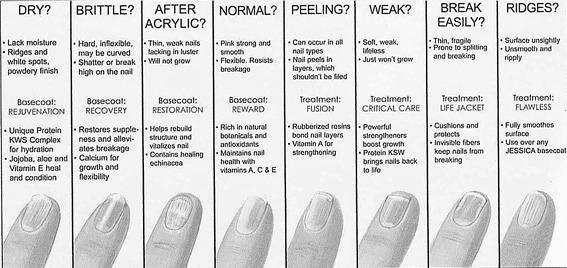
If you’re looking for ways to protect your nails from breaking, read on! Here are some tips:
Moisturizing cuticles
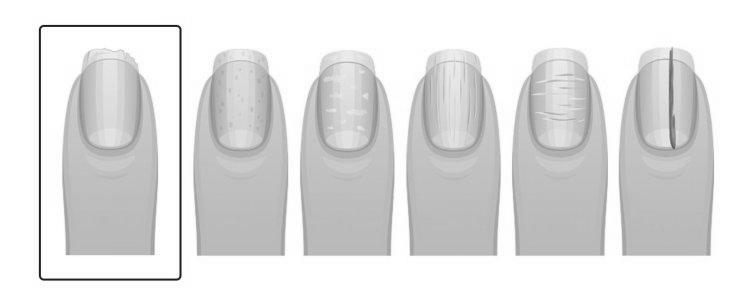
If you want to keep your nails looking their best, you should moisturize your cuticles. If you don’t want to use a moisturizer on them, you can simply soak them in warm lemon water. Applying healing oil will also prevent your cuticles from drying out. Jojoba and Sesame seed oil are great options. You can also add some lavender essential oil to the cuticle oil.
Aside from protecting your nails, cuticles also serve an essential purpose. They preserve the matrix underneath the nail plate and protect the skin underneath. You should never cut your cuticles. Instead, moisturize them and apply a good moisturizer. This will prevent infections and maintain a healthy look for your nails. And you’ll look beautiful with your hands and feet when you have gorgeous, healthy nails.
Moisturizers are also essential for your nails. Petroleum jelly or oil works wonders for your cuticles. Apply it on your nails and around them whenever they feel dry. Castor oil is another excellent moisturizer because it is thick and contains vitamin E. Olive oil and petroleum jelly can be used. If you can’t find any of these products, look for those that have coconut oil and olive oil.
When doing your housework, you need to protect your nails from harsh chemicals like acetone or nail polish remover. Leaving them too dry will cause them to break more easily. Then, moisturize your cuticles after each activity to help them retain moisture. A well-maintained cuticle will make your nails more resistant to breakage. However, you may have to apply petroleum jelly if your cuticles are dehydrated.
If you are tempted to cut your cuticles, you should know that it can lead to infection. Simply cutting them back exposes your nail bed to bacteria and fungus, which can direct to painful tearing of skin and bleeding. If you see redness, pain, and pus, you may have an infection. These are all signs of infection, so it’s essential to moisturize your cuticles.
Avoiding harsh chemicals
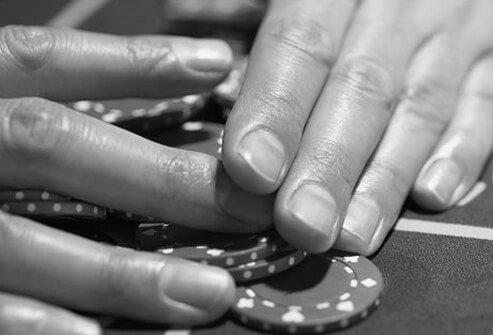
Natural nail care products are an excellent way to protect your nails. It is important to avoid harsh chemicals in nail polish removers. Using harsh chemicals can weaken your nails and cause breakage. You should also avoid exposure to prolonged water. Avoid using water-based nail polish removers and use natural products instead. For best results, avoid using nail polish removers with acetone. These products are especially damaging to your nails, so choosing a natural product is essential.
Avoid using acetone or any other nail product that contains it. If you use acetone, you should store it in a fire department-approved metal container and dispose of it properly. Also, make sure you wash your hands before eating, keep them away from your work area, and wear gloves. Avoid prolonged exposure to hot water or alcohol-based hand sanitizer, as these can cause damage to your nails.
Another common chemical that you need to avoid is methyl methacrylate. This chemical can cause skin burns and irritated eyes and nose. It may also cause a loss of smell. Quaternary ammonium compounds, which are found in nail polish remover, are also harmful. They can damage the liver and can even harm unborn babies. If you are concerned about using these chemicals, you should consult with a health care provider.
Apply moisturizer around your nails and avoid excessive use of nail polish remover. Using good lotion and petroleum jelly can also protect your nails. Also, wear rubber gloves when using harsh chemicals, such as acetone or nail polish remover. These chemicals strip the moisture from your nails. It is also recommended to use a natural nail polish remover to prevent the buildup of harmful substances. These products can also help you remove the nail polish without harming your skin.
Using natural nail strengtheners
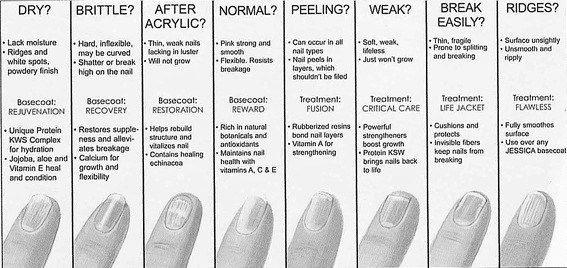
While acrylic nails and gels look beautiful, they are also harsh on the health of the natural nail plate. Fortunately, several nail strengtheners on the market are made from natural ingredients. Horsetail extract is a nutrient-rich healing herb that strengthens and normalizes the natural nail plate. A horsetail nail strengthener, which comes in a pen-shaped brush, coats the nails with hydrating ingredients that encourage the production of keratin and silicon.
Consider Sally Hansen’s nail strengthener if you’re looking for a robust, durable, and inexpensive solution. This product is made specifically for weak, split, or dry nails and costs just $21. It contains biotin, panthenol, and hydrolyzed soy protein. It also works like a top coat and base coat and is made with vitamin B5 and calcium pantothenate, which are two proven nail strengtheners.
In addition to using a nail strengthener, you can also use olive, coconut, argan, and vitamin E oils. You can soak your hands in these oil solutions for ten minutes at a time and massage the oil into your cuticles and nail beds. You can also soak your nails in oil before bed to moisturize them. Keeping your nails strong is essential because exposure to harsh chemicals and harsh nail polish remover can weaken them.
Using a nail strengthener is the best way to protect your nails. This formula is made with potent plant compounds that strengthen your nails from the inside out. Besides providing deep-down nourishment, it can also work as a base coat, ensuring that nail polish sticks to your nails. As with other polishes, apply a nail strengthener first, and then use your topcoat on top. You should allow the strengthener to dry before applying a second coat.
Using a nail strengthener is the best way to protect healthy nails. You can buy one on Amazon, but you should only apply it to the pin if it is entirely bare. Make it a ritual and do it twice a week. You can even do it while watching TV. You should also try a nail hardener with hydrolyzed keratin protein.
Avoiding yo-yo diet
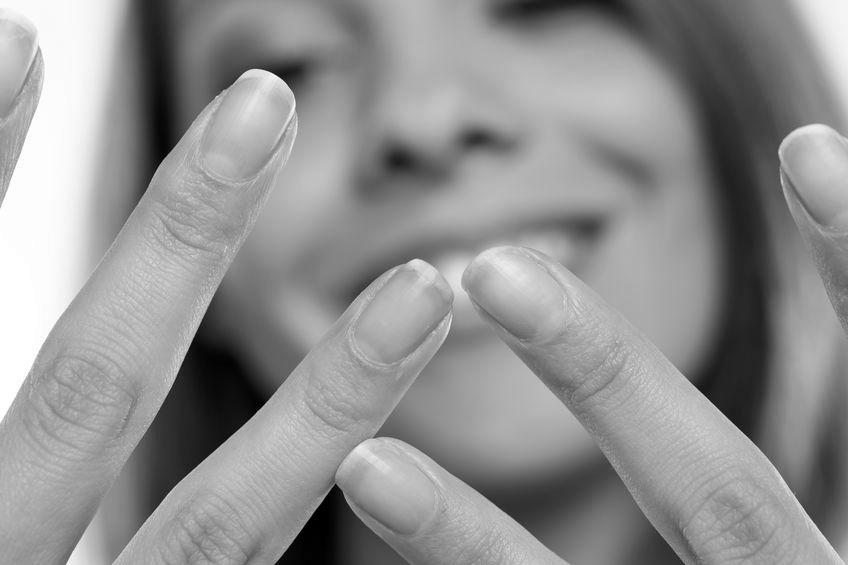
The yo-yo effect does not only affect women, but it’s also bad for your health. Yo-yo dieting results in increased cortisol, a stress hormone that makes you more likely to get sick and develop diseases. Studies show that dieters who engage in yo-yo dieting are at increased risk of heart disease, diabetes, and cancer. Severe calorie restriction also compromises overall health. In addition to health issues, extreme calorie restriction may result in dry skin and brittle hair.
Most people attempt to stay on a diet for a short period and then revert to their previous eating habits. This yo-yo effect is caused by sudden increases in calories. Your body can’t keep up with the increased energy, converting food to fat tissue. To avoid the yo-yo effect, you must increase your calories gradually. Aim to increase your intake by 100-150 kcal per week.
